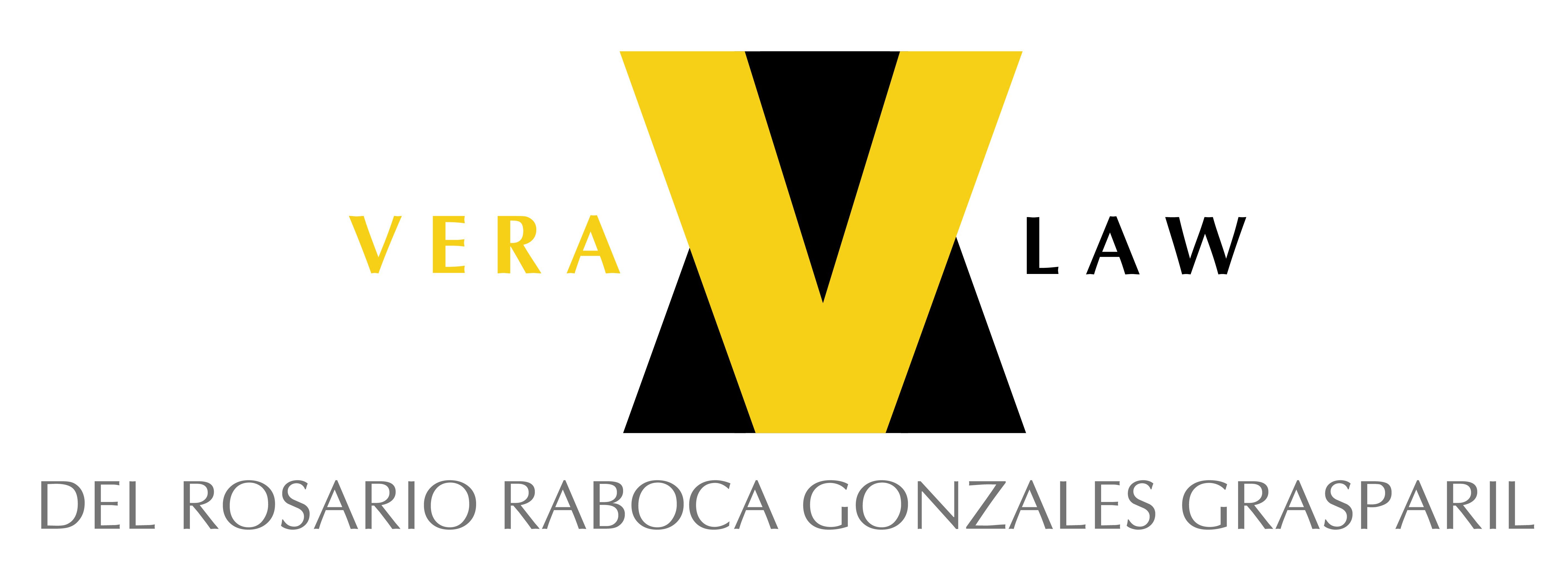The brand “OPPO” started in China in 2001 and has since been known for its high-performing low-range smartphones, eventually ranking number 5 in the worldwide ranking of market share in 2019. In 2013, the trademark “OPPO” under Class 9 (tablet computers, smartphones, etc.) became a registered trademark in the Philippines in the name of Guangdong Oppo Mobile Telecommunications Corp., Ltd. OPPO was the official smartphone partner of the Philippine Basketball Association in 2016, and continues to be a popular smartphone brand in the country.
On December 13, 2019, the Bureau of Legal Affairs (BLA) upheld the rights of the mark “OPPO” against the confusingly similar mark “APPO Technology” in Sky Capital Limited vs. Jeremy Padilla Huang. The Adjudication Officer of the BLA rules on the two marks below:


Section 123.1(d) of the IP Code, which provides for the basis for Opposition cases based on confusing similarity, proscribes registration of a mark that nearly resembles a registered trademark which falls under the same or related goods and services. Based on this, the Adjudication Officer ruled that APPO Technology cannot be registered because it is visually and aurally similar to OPPO and is registered under the same good and services.
Citing Emerald Garments Manufacturing Corporation vs. Court of Appeals and Etepha A.G. vs. Director of Patents, the Adjudication Officer found confusing similarity as follows:
“it is apparent that Respondent-Applicant adopted Opposer’s OPPO mark and then replaced the first letter “O” with the letter “A” to form the word APPO and add the word TECHNOLOGY…However, adding, removing or changing some letters of a registered mark cannot avoid confusion. In looking at the marks of the parties, we can readily see that the prominent features are the words ‘OPPO’ in Opposer’s mark and ‘APPO’ in the case of Respondent-Applicant’s mark. It is the feature which strikes the eye of the consumer and easily remembered or retained in the mind and easily recalled. APPO is visually similar to OPPO such that the likelihood that the public will be confused, mistaken or be deceived into believing that they are one and the same, or that they are associated, connected, or affiliated with each other is very high and inevitable. Consequently, any impression or information that the public may have may be attributed to Opposer or vice versa to the prejudice of the Opposer.”
She also ruled that OPPO and APPO are aurally similar, as “when pronounced, they sound the same that one cannot be distinguished from the other.” She cited Marvex Commercial Hawpia & Co. et. al., where the Supreme Court held that “similarity of sound is sufficient ground for this Court to rule that the two marks are confusingly similar when applied to merchandise of the same descriptive properties.”
Moreover, although the application for the mark APPO Technology showed goods different from that of the Opposing mark, the adjudication officer took note of goods actually sold by APPO Technology as submitted by the opposer. She held that according to the evidence submitted, the mark APPO Technology is used for similar goods and are “sold thru the same channels of trade…such that the purchasing public will likely be mistaken, deceived, or otherwise misled into thinking that they are one and the same or that they are affiliated when in fact they are not.”

